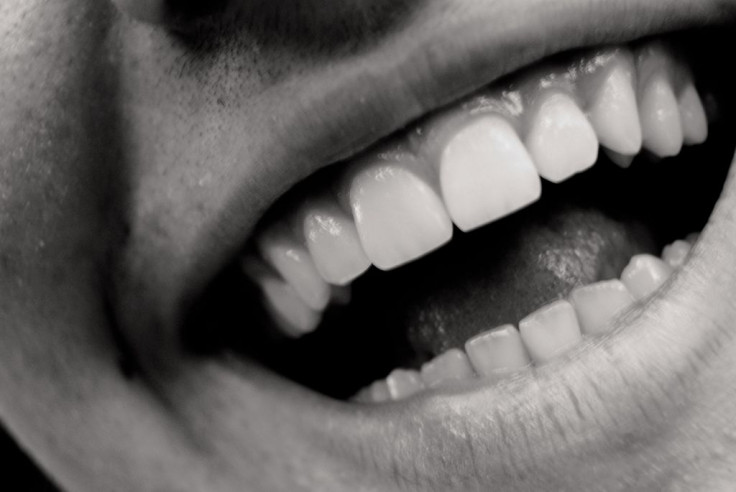Laughter Derives From Two, Overlapping Parts Of Brain; Researchers Search For Clues In Social Perception

Long ago in the evolutionary past of the primate family, laughter may have originated as a shared physiological response to the passing of danger, according to philosopher John Morreall.
Such laughter may also indicate trust among one's group, given the inhibiting effect of the physiological action — a set of rhythmic, vocalized, expiratory, and involuntary actions — on the body's fight-or-flight response, says Morreall, who founded the International Society for Humor Studies. In groups, the response might reverberate back and forth among individuals, the effects more pronounced when in the company of one's fellowmen.
Many neurologists believe laughter serves to form and strengthen social bonds among human primates, originating earlier in evolution than our species. To that end, German researchers on Wednesday published a study on PLOS One analyzing the two distinctly, but overlapping, forms of human laughter: the reflexive laughter experienced through stimuli such as tickling, and the more complex laughter evinced through social cues among individuals.
Using brain imaging technology, the researchers investigated the modulations of neuronal connections associated with the two types of laughter, in addition to the effects of shifts in attention between implicit and explicit processing of social information conveyed by laughter. The reflexive and complex laughter types were found to modulate connectivity in two separate but overlapping parts of the brain network associated with the perception of laughter.
Modulation in neuronal connections with reflexive, tickling type laughter occurred between areas in the prefrontal cortex and the auditory association cortex, "presumably because of an increased dependence on auditory attention, working memory, and evaluation and response selection processes," the study authors wrote. By contrast, the more complex social laughter was associated with increases of connectivity between auditory association cortices, the right dorsolateral prefrontal cortex and areas associated with visual processing and mentalization - the psychological process by which we build a model of the "other's" mind.
"These modulations might reflect automatic analysis of acoustic features, attention direction to informative aspects of the laughter signal and the retention of those in working memory during evaluation processes," the authors wrote. "These processes may be associated with visual imagery supporting the formation of inferences on the intentions of our social counterparts."
The researchers also found that the right dorsolateral precentral cortex appears to play a central part in linking the functions of the auditory and visual networks with those associated with the brain's ability to assess the intentions and thought process of another — something a person with autism, for example, might have trouble with.
The investigators said the study highlights the value of analyzing different brain sub-networks simultaneously in the continuing search to understand the neural basis of how we see one another, whether laughing or not.
Published by Medicaldaily.com



























